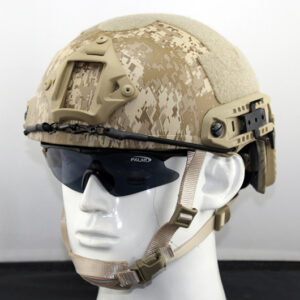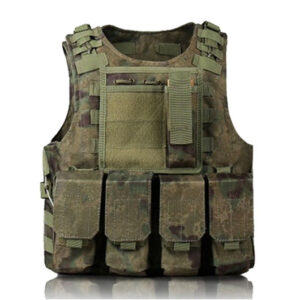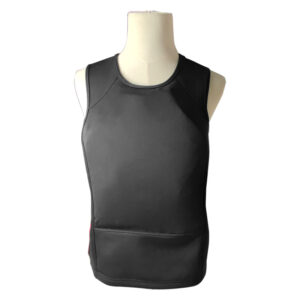Combat body armor, also known as ballistic body armor, is a critical piece of protective gear designed to safeguard military personnel and law enforcement officers in high-risk environments. In this article, we will explore the significance, design features, types, and advancements of combat body armor. From its role in enhancing survivability to the continuous pursuit of improved materials and technologies, combat body armor remains an indispensable asset in safeguarding those who protect us.

The Importance of Combat Body Armor The safety of military personnel and law enforcement officers is paramount in high-threat situations. Combat body armor serves as a reliable means of protection against ballistic threats, shrapnel, and other potential hazards encountered on the battlefield or during law enforcement operations. Its ability to absorb and disperse the impact of projectiles significantly enhances survivability and minimizes injuries.
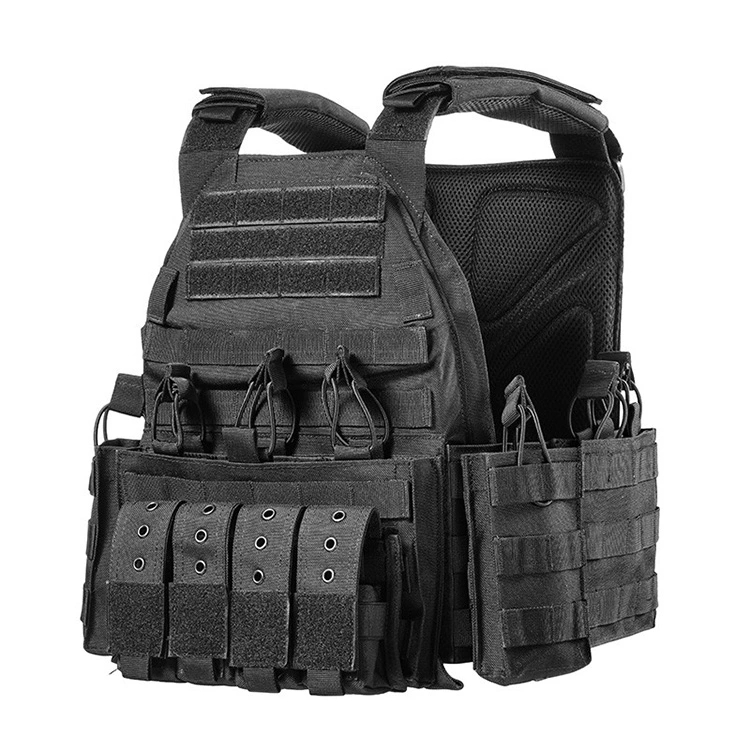
Design Features and Materials Modern combat body armor is engineered with advanced materials to offer maximum protection while maintaining mobility and comfort. Ballistic panels, typically made from materials such as aramid fibers or polyethylene, are combined with protective carrier systems designed to distribute the armor’s weight evenly across the wearer’s body. The integration of trauma pads further enhances impact absorption and reduces the risk of blunt force injuries.
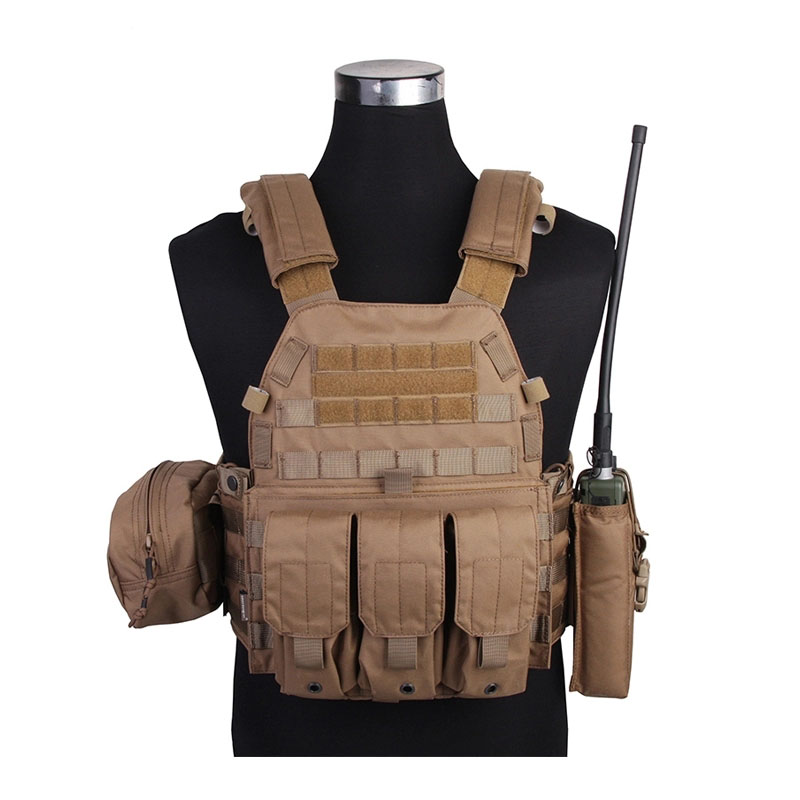
Types of Combat Body Armor Combat body armor comes in various configurations, tailored to meet the specific needs and preferences of military and law enforcement professionals. Concealable body armor is designed for undercover and plainclothes operations, while tactical body armor provides robust protection for front-line combat scenarios. Plate carriers offer customizable options for attaching additional protection, such as hard armor plates.
Advancements in Technology he development of combat body armor continues to advance rapidly, driven by innovations in material science and manufacturing techniques. Researchers and manufacturers are continuously seeking lightweight yet robust materials to improve maneuverability and overall performance. Advancements in protective coatings and anti-trauma padding further enhance the armor’s ability to safeguard against both ballistic threats and impact injuries.
Tailored Protection for Specific Threats Combat body armor is designed to offer tailored protection against various ballistic threats. Ballistic levels, such as NIJ levels or STANAG standards, provide a standardized way of categorizing armor’s protective capabilities. The ability to select armor tailored to the specific threats faced by the wearer ensures optimal protection without unnecessary weight or bulk.
Proper Use and Maintenance Effective use and maintenance of combat body armor are crucial to ensuring its ongoing protection capabilities. Regular inspections, proper fit, and adherence to manufacturer guidelines contribute to the armor’s longevity and effectiveness. Routine maintenance ensures that the armor remains in peak condition to protect those who rely on it.
Combat body armor stands as a lifeline for military personnel and law enforcement officers, providing crucial protection in high-risk environments. Its advanced design features, diverse configurations, and constant technological advancements underline its pivotal role in enhancing survivability and mitigating injuries. As researchers and manufacturers continue to innovate, combat body armor will remain a steadfast and indispensable asset in safeguarding those who dedicate their lives to protecting us.
